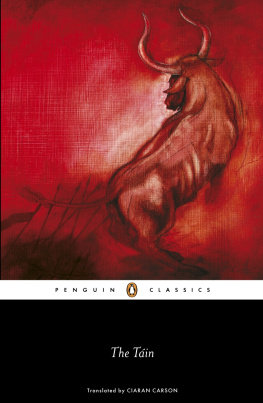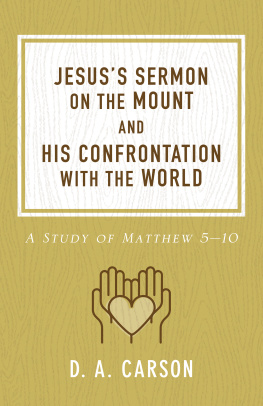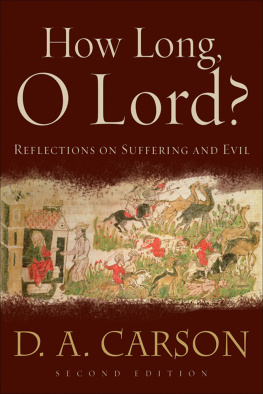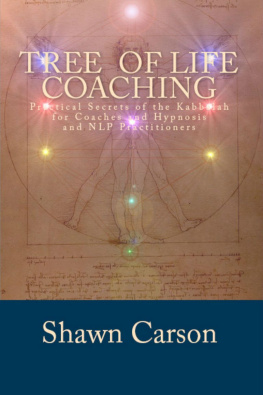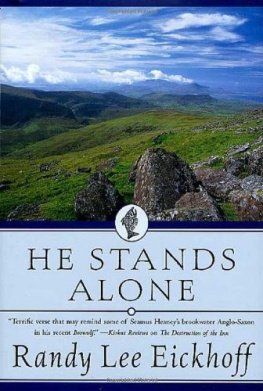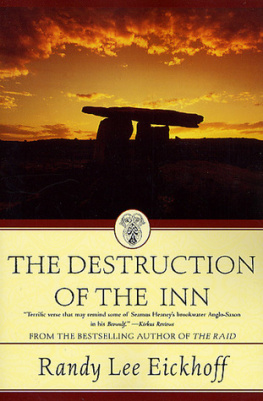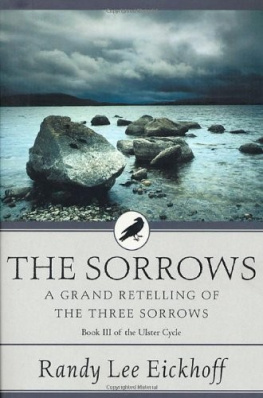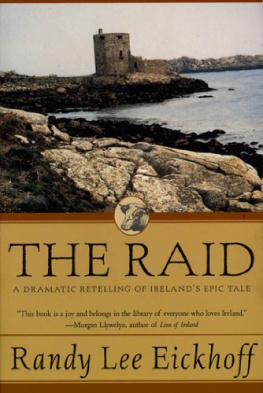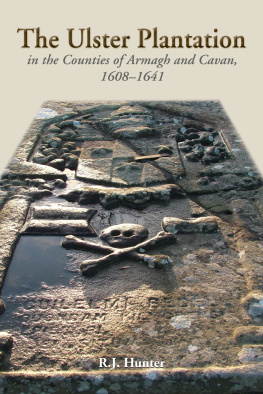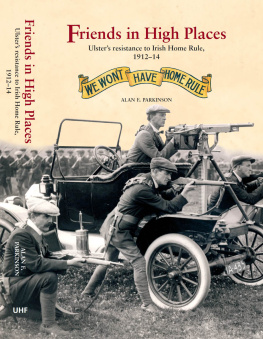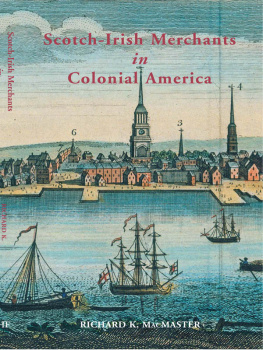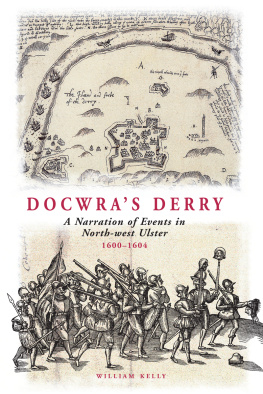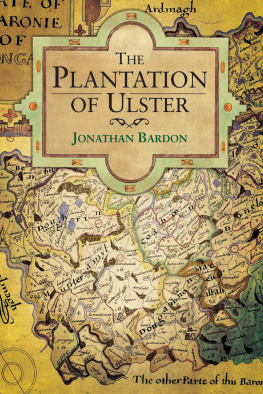Carson - The Tain
Here you can read online Carson - The Tain full text of the book (entire story) in english for free. Download pdf and epub, get meaning, cover and reviews about this ebook. City: London, year: 2008;2007, publisher: Penguin Books Ltd, genre: Detective and thriller. Description of the work, (preface) as well as reviews are available. Best literature library LitArk.com created for fans of good reading and offers a wide selection of genres:
Romance novel
Science fiction
Adventure
Detective
Science
History
Home and family
Prose
Art
Politics
Computer
Non-fiction
Religion
Business
Children
Humor
Choose a favorite category and find really read worthwhile books. Enjoy immersion in the world of imagination, feel the emotions of the characters or learn something new for yourself, make an fascinating discovery.
- Book:The Tain
- Author:
- Publisher:Penguin Books Ltd
- Genre:
- Year:2008;2007
- City:London
- Rating:5 / 5
- Favourites:Add to favourites
- Your mark:
- 100
- 1
- 2
- 3
- 4
- 5
The Tain: summary, description and annotation
We offer to read an annotation, description, summary or preface (depends on what the author of the book "The Tain" wrote himself). If you haven't found the necessary information about the book — write in the comments, we will try to find it.
The Tain Bo Cualinge, centrepiece of the eighth-century Ulster cycle of heroic tales, is Irelands great epic. It tells the story of a great cattle-raid, the invasion of Ulster by the armies of Medb and Ailill, Queen and King of Connacht, and their allies, seeking to carry off the great Brown Bull of Cualige. The hero of the tale is Cuchulainn, the Hound of Ulster, who resists the invaders single-handed while Ulsters warriors lie sick.
The Tain — read online for free the complete book (whole text) full work
Below is the text of the book, divided by pages. System saving the place of the last page read, allows you to conveniently read the book "The Tain" online for free, without having to search again every time where you left off. Put a bookmark, and you can go to the page where you finished reading at any time.
Font size:
Interval:
Bookmark:

 CLASSICS
CLASSICSTHE TIN
CIARAN CARSON was born in 1948 in Belfast, where he is Professor of Poetry at Queens University. He is the author of nine collections of poems, including First Language, which won the 1993 T. S. Eliot Prize. He has written four prose books; Last Nights Fun, a book about Irish traditional music; The Star Factory, a memoir for Belfast; Fishing for Amber: A Long Story; and Shamrock Tea, a novel, which was longlisted for the 2001 Booker Prize. His translation of Dantes Inferno (2002) was awarded the Oxford Weidenfeld Translation Prize, and in 2003 he was made honorary member of the Irish Translators and Interpreters Association. In 2005 he published The Midnight Court, a translation of the classic Irish text Cirt an Mhen Oche, by Brian Merriman.
The Tin
A New Translation of the
Tin B Cailnge
PENGUIN BOOKS
PENGUIN BOOKS
Published by the Penguin Group
Penguin Books Ltd, 80 Strand, London WC2R 0RL , England
Penguin Group (USA) Inc., 375 Hudson Street, New York, New York 10014, USA
Penguin Group (Canada), 90 Eglinton Avenue East, Suite 700, Toronto, Ontario, Canada M4P 2Y3
(a division of Pearson Penguin Canada Inc.)
Penguin Ireland, 25 St Stephens Green, Dublin 2, Ireland
(a division of Penguin Books Ltd)
Penguin Group (Australia), 250 Camberwell Road, Camberwell, Victoria 3124, Australia
(a division of Pearson Australia Group Pty Ltd)
Penguin Books India Pvt Ltd, 11 Community Centre, Panchsheel Park, New Delhi 110 017, India
Penguin Group (NZ), 67 Apollo Drive, Rosedale, North Shore 0632, New Zealand
(a division of Pearson New Zealand Ltd)
Penguin Books (South Africa) (Pty) Ltd, 24 Sturdee Avenue, Rosebank,
Johannesburg 2196, South Africa
Penguin Books Ltd, Registered Offices: 80 Strand, London WC2R 0RL , England
www.penguin.com
This translation first published 2007
Published in paperback in Penguin Classics 2008
1
Translation and editorial material copyright Ciaran Carson, 2007
All rights reserved
The moral right of the translator has been asserted
Except in the United States of America, this book is sold subject
to the condition that it shall not, by way of trade or otherwise, be lent,
re-sold, hired out, or otherwise circulated without the publishers
prior consent in any form of binding or cover other than that in
which it is published and without a similar condition including this
condition being imposed on the subsequent purchaser
978-0-14-190009-4
In memory of the storyteller John Campbell
of Mullaghbawn, Co. Armagh,
born 1933, died 2006
I am first of all most grateful to Marcella Edwards of Penguin Classics, whose idea it was to commission this translation. It would never have occurred to me otherwise. Thanks are due to Liam Breatnach, Greg Toner and Michael Cronin, who provided me with useful reading lists of background and critical material. Conversations with Bob Welch, Aodn Mac Pilin and Brian Mullen helped me to clarify some aspects of the translation. My wife Deirdre read the work in progress, as she has done with all my work since we met some thirty years ago; as always, her response and her suggestions were invaluable.
Tin B Cailnge is the longest and most important tale in the Ulster Cycle, a group of some eighty interrelated stories which recount the exploits of the Ulaid, a prehistoric people of the north of Ireland, from whom the name of Ulster derives. The authors of these stories are anonymous. Briefly, the Tin tells of how Queen Medb of Connacht, envious that her husband Ailill owns a prize bull, Finnbennach the White-horned, the superior of any that she possesses, decides to go on an expedition to steal the Donn Cailnge, the Brown Bull of Cooley, in the province of Ulster. At this time the Ulstermen are laid low by an ancient, periodic cursemore complicated matter, and have been the subject of much scholarly debate.
There are several legends, or versions of the same legend, concerning the transmission of the Tin. A typical example is that given by Maghnus Domhnaill, a lord of Donegal, in his account of the life of St Colm Cille, written under O Domhnaills direction at his castle in Lifford in 1532. The story, referring to events of some 900 years earlier, can be summarized as follows:
Senchan the High Bard of Erin comes to stay with Gaire, a prince of Connacht, together with his entourage of three fifties of master poets and three fifties of apprentices, each and every one of them with two women and a servant and a dog. They eat him out of house and home, since Gaire is forced to gratify their every whim for fear of satire. When Gaires brother, the hermit Marbn, hears of this he curses them, taking away their gift of poetry until such times as they can recite the whole of the Tin. For a year and a day they scour Ireland interviewing bards and storytellers in search of the Tin, with no success, for only fragments of that long story survive. At last Senchan goes to Colm Cille, who takes him to the grave of Fergus Mac Rich, one of the chief protagonists of the Tin. Fergus, summoned from the grave by Colm Cille, proceeds to narrate the whole story, which is written down by St Ciaran of Cluain on the hide of his pet dun cow: hence Lebor na hUidre, The Book of the Dun Cow.
This story is an allusion to another famous legend concerning Colm Cille himself: admiring a certain book belonging to St Finnen, Colm Cille asks him if he can copy it; the book deserves a wider audience. Finnen refuses. Colm Cille secretly copies the book anyway. According to Domhnaill, the room in which Colm Cille works is illuminated by the five fingers of his hand, which blaze like five candles. Colm Cille is spied on by a youth, who, attracted by the preternatural light, peers through a hole in the church door, whereupon his eye is plucked out by Colm Cilles pet crane. The youth goes to Finnen, who restores the eye. (I note in passing that a plausible etymology for Finnen is fair bird.) Finnen disputes Colm Cilles right to the copy, and the two clerics ask Diarmaid, the High King, to resolve the issue, whereupon he makes what has been called the first copyright judgment: To every cow her calf; to every book its copy. For books then were, quite literally, made from calves, as borne out by the English word vellum, from Old French vel, a calf.
As it happens, the book known to us as Lebor na hUidre or The Book of the Dun Cow now in the keeping of the Royal Irish Academy in Dublin does indeed contain a partial version of the Tin, as well as an account of the life of Colm Cille; but this text (of which only 67 vellum leaves survive from a total of some 130) was written in the year 1100 or so, and not in the sixth century when Colm Cille lived. However, it is thought that much of The Book of the Dun Cow is derived from texts of the ninth century, now no longer extant, which might in turn have been based on texts of two or three centuries earlier. But we cannot know to what extent these putative antecedents were based on oral accounts which would themselves have been transmitted in several versions, changed, improved or corrupted as they were recounted by different storytellers with different historical, cultural and artistic agendas.
Font size:
Interval:
Bookmark:
Similar books «The Tain»
Look at similar books to The Tain. We have selected literature similar in name and meaning in the hope of providing readers with more options to find new, interesting, not yet read works.
Discussion, reviews of the book The Tain and just readers' own opinions. Leave your comments, write what you think about the work, its meaning or the main characters. Specify what exactly you liked and what you didn't like, and why you think so.

